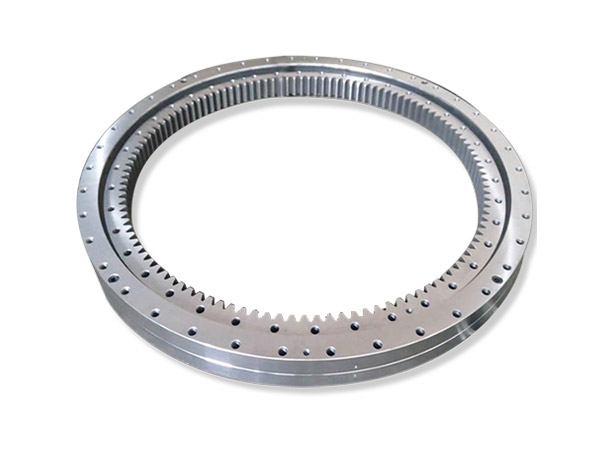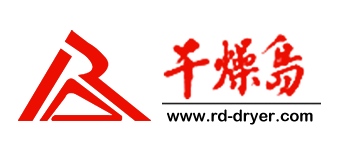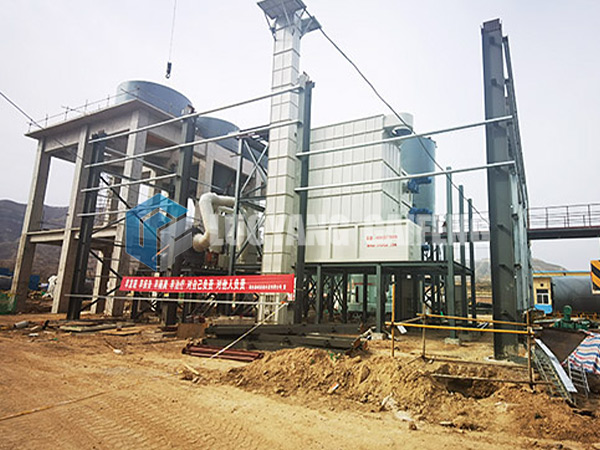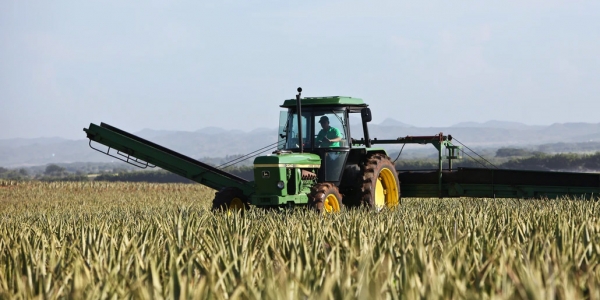We all know that no matter what the bearing is, it will bear a certain load, and the slewing bearing is no exception. So, what is the load of the slewing bearing? What are the common load forms of slewing bearings? Today, the editor will introduce to you the common load forms of slewing bearings, hoping to help you understand more about slewing bearings.
1. What is the slewing bearing load?
It is only said that the load refers to the external force and other factors that cause the internal force and deformation of the structure or component, and the load of the bearing refers to the limit force that the bearing can bear under the action of the internal force and external force. The load is also called the load, which is used as a slewing bearing. Said that the types of loads it can bear include traditional radial and bearing loads, working loads, temperature loads, etc. The following editor will introduce these loads to you respectively.
2. Common load forms of slewing bearings

(1) Radial and axial loads
In a rolling bearing, when the total plastic deformation is less than one ten thousandth of the diameter of the rolling element at the contact point between the rolling element and the raceway that bears a relatively large load, it has little effect on the normal operation of the bearing.
The static load capacity of the bearing determined under this plastic deformation condition is called the rated static load. The rated static load is determined under the assumed load conditions. For radial bearings, the rated static load refers to the radial load, and the radial load Thrust bearing (angular contact ball bearing) refers to the radial component of the load that loads the half-ring raceway in the bearing, and for a thrust bearing, it refers to the central axial load. The basic static load rating and basic static load rating of the bearing refer to the maximum load that the bearing can bear when it is static or rotating.
…
Details can be accessed by clicking here:https://www.ldb-bearing.com/ldb-bearing-knowledge/slewing-bearing-knowledge/slewing-bearing-load-form.html












